
Mobile CE Certification Testing Process
The CE mark is a safety certification symbol considered as the manufacturer's passport to open and enter the European market. CE stands for Conformité Européenne (European Conformity). Products marked with CE can be freely circulated within the EU member states without further requirements from each member, as long as they bear the CE mark.
The CE mark is a mandatory certification in the EU market, whether the product is produced domestically or manufactured in other countries. To circulate freely within the EU market, the CE mark must be affixed.
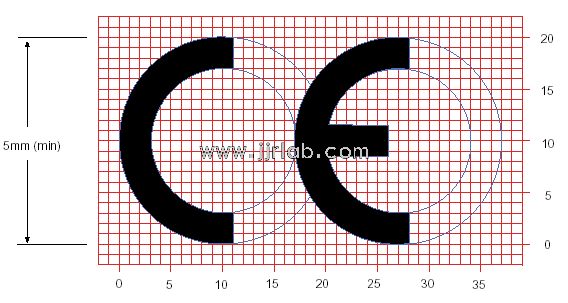
Necessity of CE certification
CE certification provides uniform technical standards for products trading in the European market, simplifying trade procedures. Products from any EU country must pass CE certification and affix the European Free Trade Area mark.
Thus, CE certification serves as a pass for products entering the EU and the European Free Trade Area. CE certification means that the product meets the safety requirements outlined in EU directives. It is a commitment from the company to consumers, enhancing their confidence in the product; products with the CE mark will reduce the risks of sales in the European market. These risks include:
1. The risk of customs detention and penalties.
2. The risk of market supervision and penalties.
3. The risk of competitor claims.
Mobile CE Certification Testing Content
1. Electromagnetic Compatibility (EMC)
2. Safety
3. Wireless Performance (Radio)
4. Health (SAR)
According to CE certification requirements, mobile phone products should undergo the following tests:
EMC Testing
The applicable regulatory standards are: EN301 489-1/-7, and the tests include:
1. Radiation Testing: Radiated Emissions Measurement
2. Conducted Testing: Conducted Emissions Test
3. Harmonic Current Testing
4. Electrostatic Discharge Testing: Discharge Test
5. Radiated Immunity Testing
6. Conducted Immunity Testing
7. Surge Testing
8. Fast Transient Testing
9. Voltage Flicker, Drop-out Testing, etc.
RF Testing
The applicable legal standards are: EN301 511, and the tests include:
- Conducted Spurious Emissions Testing
- Radiated Spurious Emissions Testing
- Phase Error and Frequency Error Testing
- Transmitter Output Power Testing – Used to measure the transmitter’s output.
- Switch Spectrum Testing
Safety Testing
The applicable standard is: EN 60950-1, and the tests include:
1. Leakage Current Testing
2. Normal Temperature Rise Testing
3. Normal Input Testing
4. Normal Output Testing
5. Health Testing, using standards: EN 50360, EN 50361. The tests evaluate the electromagnetic power absorption by the human body when the phone is operating normally.
Certification Service Cycle:
Under normal testing conditions and when the client’s documentation is complete, the certification service cycle is 2-3 weeks.
Mobile CE Certification Process:
1. JJR personnel communicate with your relevant team to understand your requirements. Based on the product functions and parameters, JJR provides a quotation.
2. Once your company approves the quotation, the quote is returned, and a contract is signed with your company.
3. Your company provides samples, submits the application form and materials, and pays the initial deposit within the stipulated period. JJR arranges the relevant testing, and the project officially begins.
4. If any test fails during the process, the project will automatically be paused. JJR will promptly notify your responsible personnel for modifications and may provide friendly assistance from engineers for corrections.
5. After the corrections are completed, JJR will re-test. Once successful, the project will continue. The normal testing cycle is 2 weeks, during which JJR provides reports and submits the NB (Notified Body) application. Under normal circumstances, the certificate will be obtained in about one week. After testing is completed, your company will receive the remaining payment, certificate, and test reports.
Email:hello@jjrlab.com
Write your message here and send it to us
 FCC Certification Fees for Handheld Fans
FCC Certification Fees for Handheld Fans
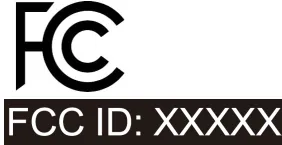 FCC Certification Testing for Smart Lighting Produ
FCC Certification Testing for Smart Lighting Produ
 What is the ETSI EN 303 645 Testing Standard?
What is the ETSI EN 303 645 Testing Standard?
 UL Compliance and ETL Certification for LED Lighti
UL Compliance and ETL Certification for LED Lighti
 What is the IEC 60598 Standard?
What is the IEC 60598 Standard?
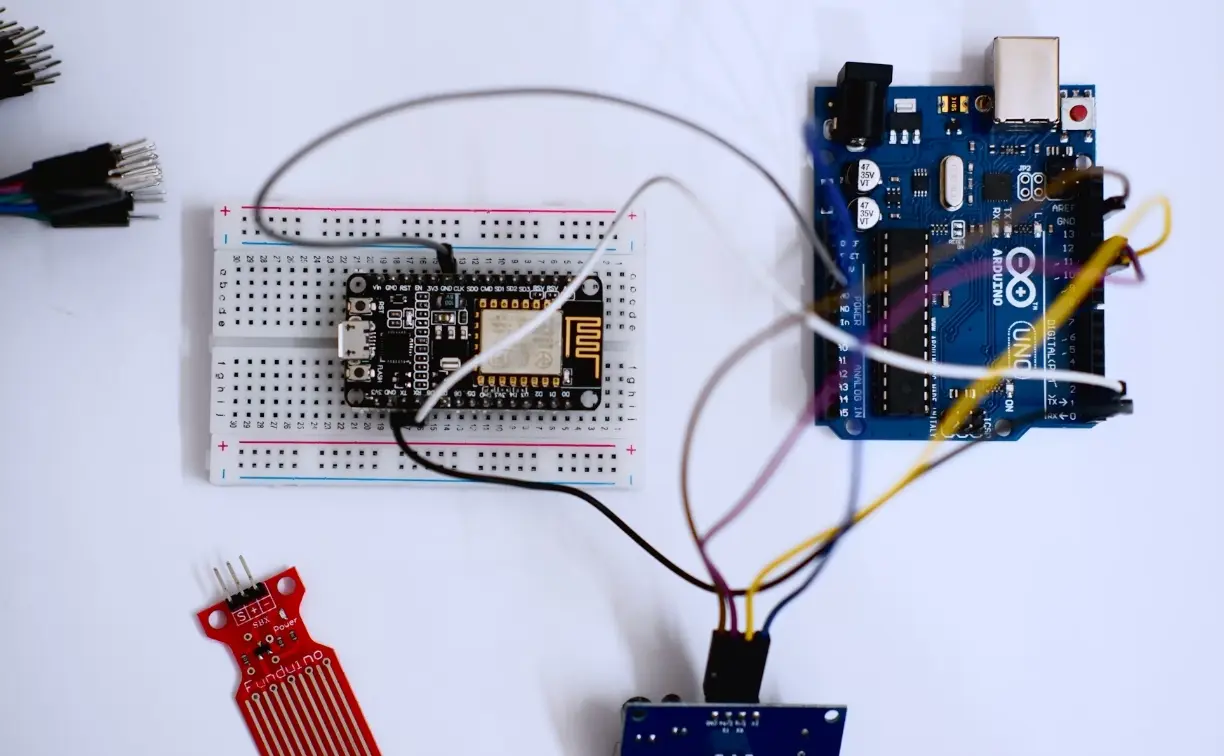 What is the Canada IC Logo?
What is the Canada IC Logo?
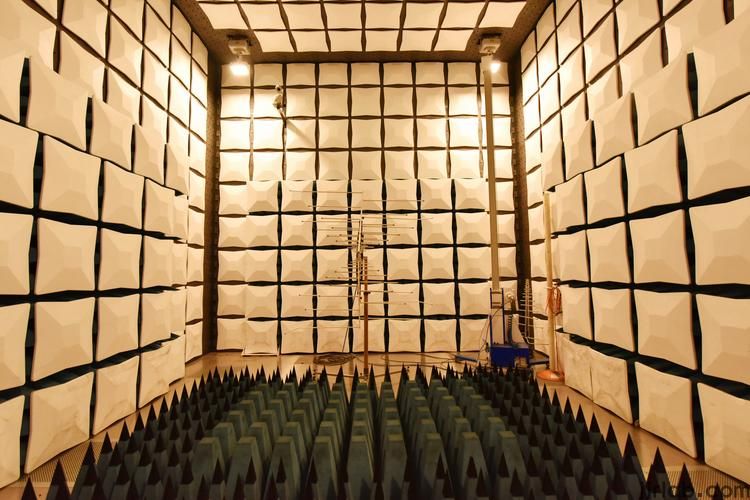 EMC Pre Compliance Testing
EMC Pre Compliance Testing
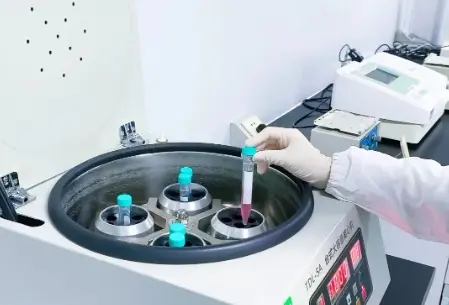 PAHs Testing (Food and Textile)
PAHs Testing (Food and Textile)
Leave us a message
24-hour online customer service at any time to respond, so that you worry!




